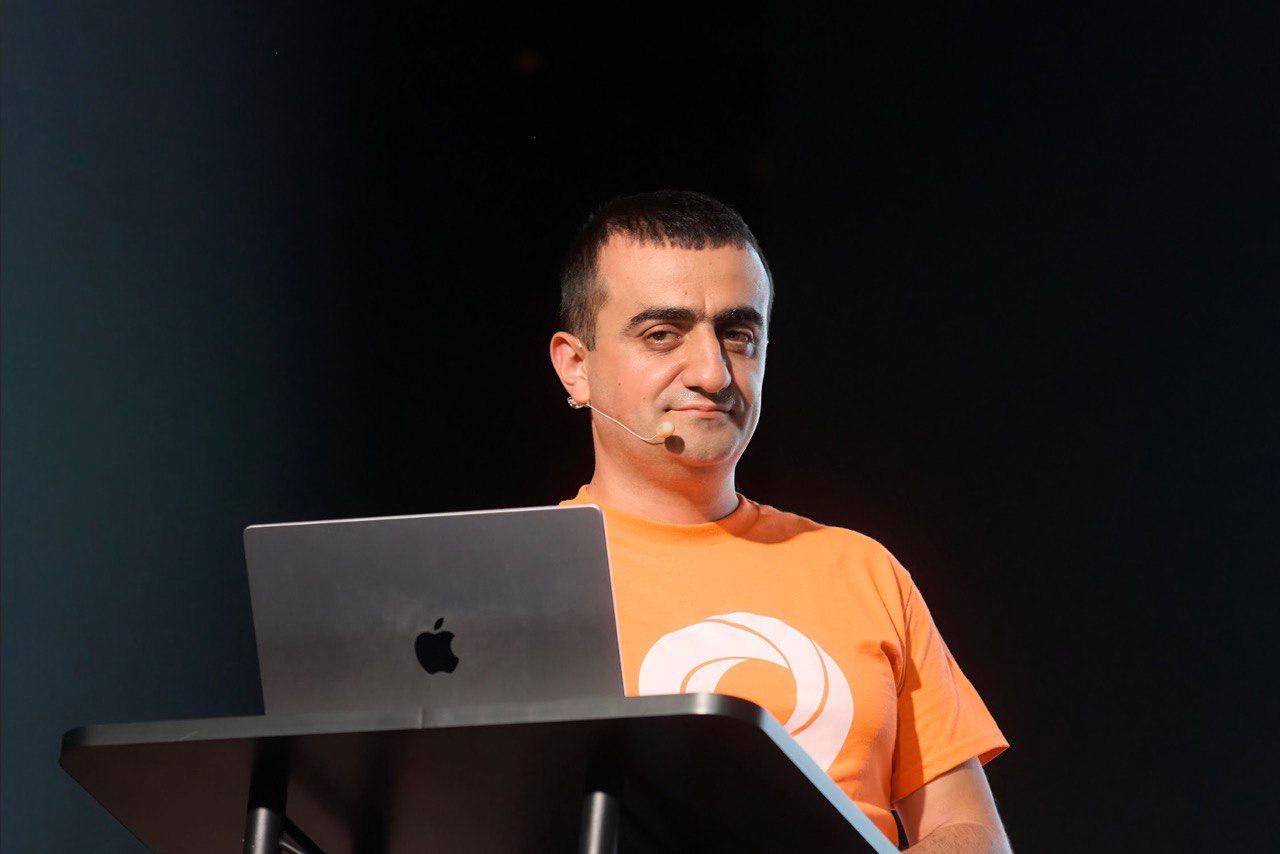Sasun Hambardzumyan, Engineering Director at Activeloop, reveals his evolution from photo app creator to AI database architect and shares strategic insights on building specialized infrastructure amid the AI investment boom
The rapidly evolving AI infrastructure landscape is experiencing unprecedented investment in 2025, with major tech companies allocating over $315 billion this year alone to build specialized data systems capable of handling massive AI datasets. As reported by RCR Wireless, just four U.S. tech giants – Amazon, Alphabet, Meta, and Microsoft – have earmarked $315 billion for AI infrastructure investments, while initiatives like the OpenAI-led Project Stargate are committing $500 billion over five years. In this high-stakes environment, specialized database technologies have become a critical competitive advantage. Sasun Hambardzumyan, Engineering Director at Activeloop (working through its Armenian branch, Deeplake LLC), has made significant contributions in this field through his development of patented technologies for querying, visualizing, and building databases specifically designed for AI applications. His career spans from successful entrepreneurship – having founded and sold Qube LLC with its photo editing application Pixomatic – to his current role leading a team of engineers building critical infrastructure components. We spoke with Sasun about his technological innovations and the path that led him to become a key figure in AI infrastructure development.
Sasun, patents specifically focused on innovative approaches to querying, visualizing, and constructing databases for artificial intelligence applications represent significant contributions in the field. What specific technical challenges were these patented technologies designed to address that traditional database systems couldn’t solve?
The technologies we developed address fundamental limitations in how AI systems interact with data. Traditional databases weren’t designed to handle unstructured data like images or vector representations, which are crucial for modern AI applications. Our visualization engine allows data scientists to actually see their data at scale, while the query engine enables efficient retrieval of AI-specific data types. Early on at Activeloop, I made the strategic decision to build our own infrastructure rather than relying on third-party solutions. This required more upfront investment but gave us a stronger foundation that enables organizations to build and deploy AI applications much more efficiently.
After working your way up from Junior Engineer to Software Architect in major electronics companies in large technology corporations, you made the entrepreneurial leap to co-found Qube LLC as CTO, where you developed the photo editing application Pixomatic. What unexpected lessons did this transition from corporate engineering to startup leadership teach you?
The biggest lesson was about balancing technical excellence with market realities. In large companies, I focused primarily on engineering challenges, but as a startup CTO, I suddenly needed to make technology decisions that directly impacted business outcomes. Building Pixomatic taught me that perfectly engineered solutions aren’t always necessary – sometimes, a pragmatic approach that gets a product to market faster creates more value. That said, we were careful not to accumulate technical debt that would haunt us later, which ultimately made our product more attractive when we sold it to the US company.
As Engineering Director of a team of ten working on next-generation AI infrastructure, how do you balance the imperatives of product development against the need for exploratory development?
I have designed our development process to create room for both exploratory and refinement work. We allocate time to research and prototyping, but we have strict time limits on how long to explore an idea before committing. I have learned that when an engineer is responsible for a component, they are more likely to take ownership over that component – when you can ask, ‘who built this?’ and someone can respond, ‘I built this.’ I also try to foster a climate of knowledge sharing by scheduling internal seminars so we are able to maintain coherence across our systems while knowingly working in distinctly different innovation areas.
You mentioned making the strategic decision to build your own infrastructure at Activeloop instead of relying on third-party solutions. That’s a significant investment of resources – what factors influenced this decision, and how has it shaped the company’s technological trajectory?
This decision came down to long-term vision versus short-term convenience. Using third-party solutions would have accelerated our initial development, but would have constrained our ability to innovate in precisely the areas where we saw the most significant opportunities. Building our own infrastructure required more upfront investment, but gave us complete control over our technological destiny. It’s allowed us to create deeply integrated systems explicitly optimized for AI workloads rather than adapting general-purpose tools. This foundation has enabled us to develop proprietary capabilities that now differentiate us in the market, validating what was initially a challenging strategic bet.
Throughout your career, you’ve identified hard work, dedication, and learning from experience as key success factors. Could you share a specific technical challenge you encountered while developing your database infrastructure, and how these qualities helped you overcome it?
One of our biggest challenges was scaling our query engine to handle the dimensionality and volume of modern AI embedding models. Early versions performed well in tests but degraded significantly with real-world data. Instead of settling for incremental improvements, we went back to fundamentals, researching cutting-edge academic papers and methodically testing different algorithmic approaches. The breakthrough came after weeks of persistent experimentation, when we developed a novel hybrid indexing strategy. This experience reinforced my belief that technical persistence – the willingness to understand a problem rather than just implementing quick fixes deeply – is what separates exceptional engineering from merely adequate solutions.
As the leader of a recognized tech innovator, what future developments do you envision for data infrastructure, and what are your personal professional goals?
I see the infrastructure for AI moving in two directions: one is about specialization, the other is about accessibility. Currently, we’ve had to accept and work with generic computing platforms. The trend is toward systems built for purpose (and optimized for specific AI workloads) but also leveraging as much abstraction to hide all the complexity from developers as possible. I plan to continue to push this boundary by building the next generation of databases specifically for AI. In the long term, I hope to leverage my technical and entrepreneurial experience to start a company in the future that focuses on some of the emerging needs in the AI ecosystem. The world is changing so quickly that new opportunities come about every day, and I want to be part of finding solutions to these opportunities.





























